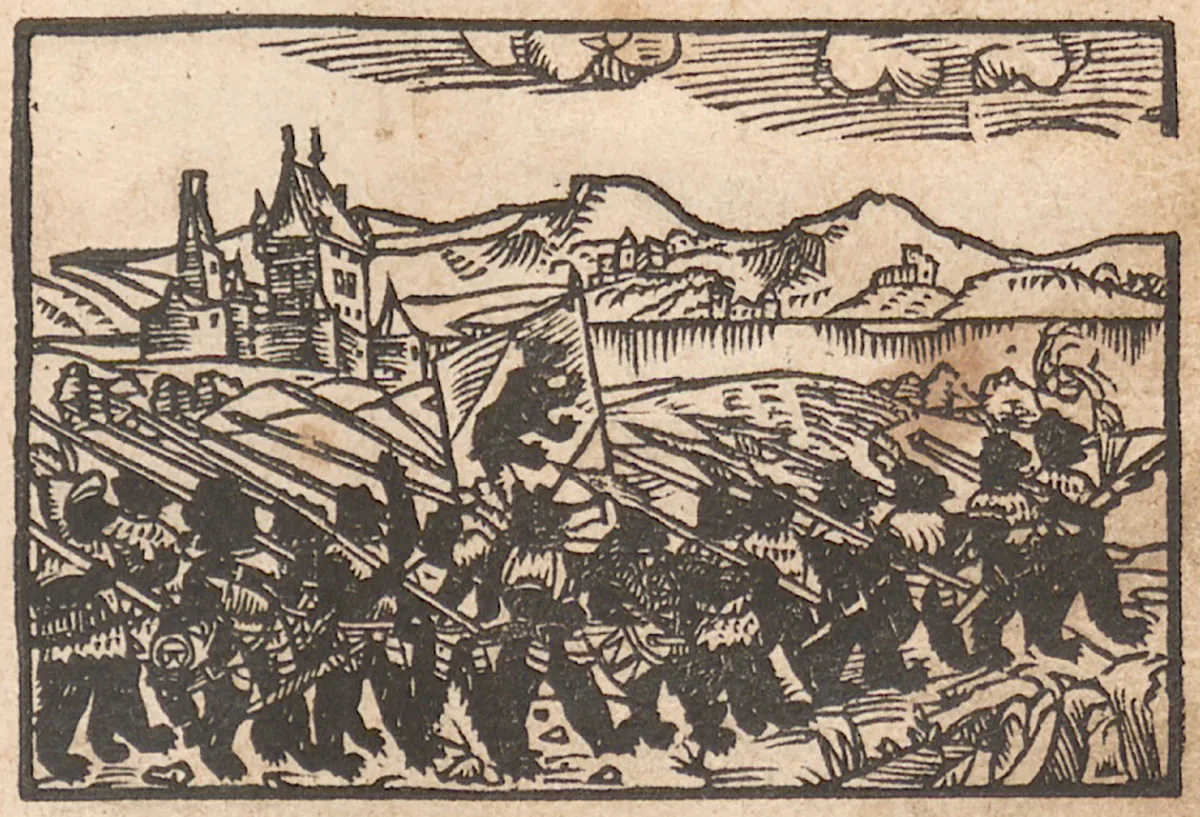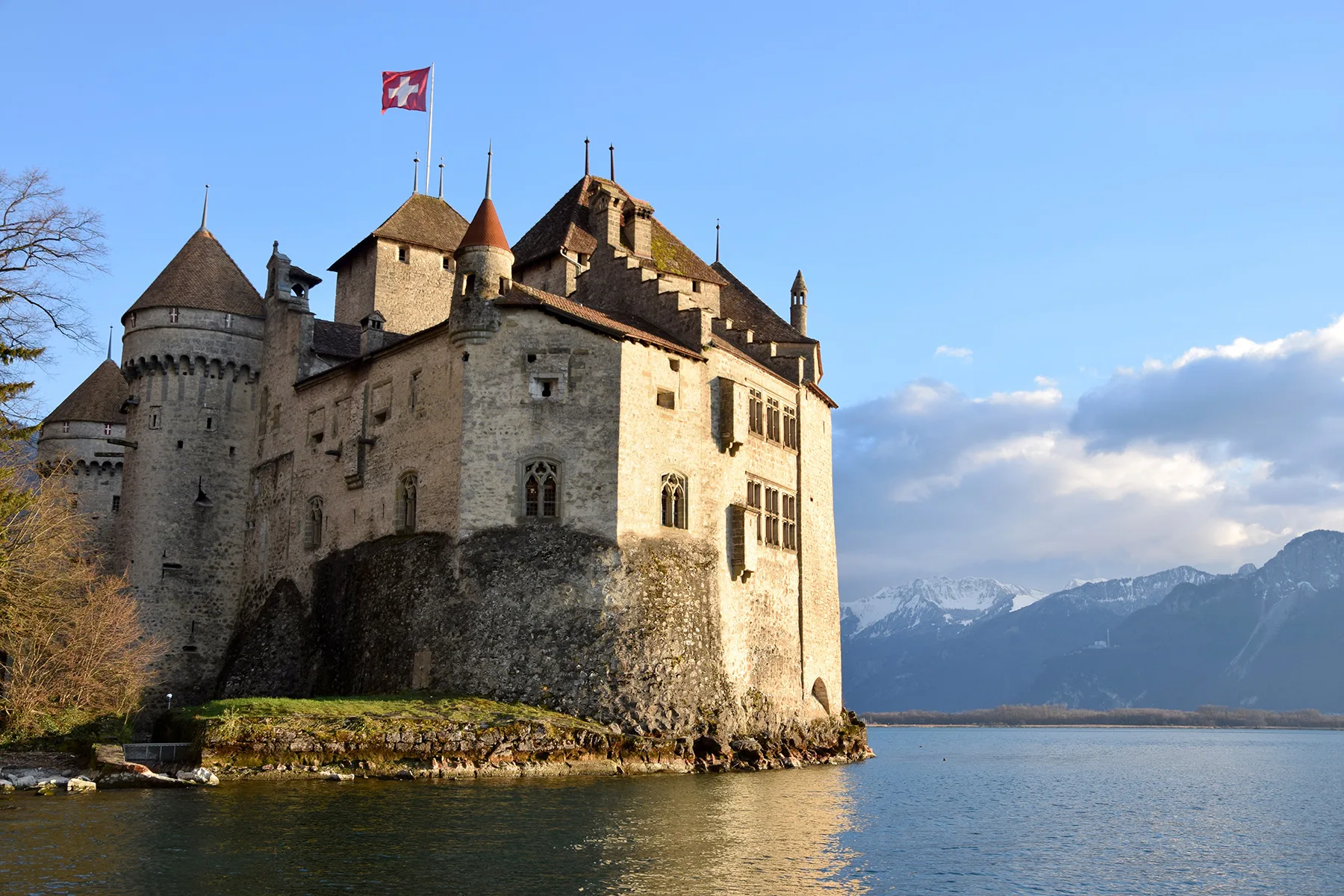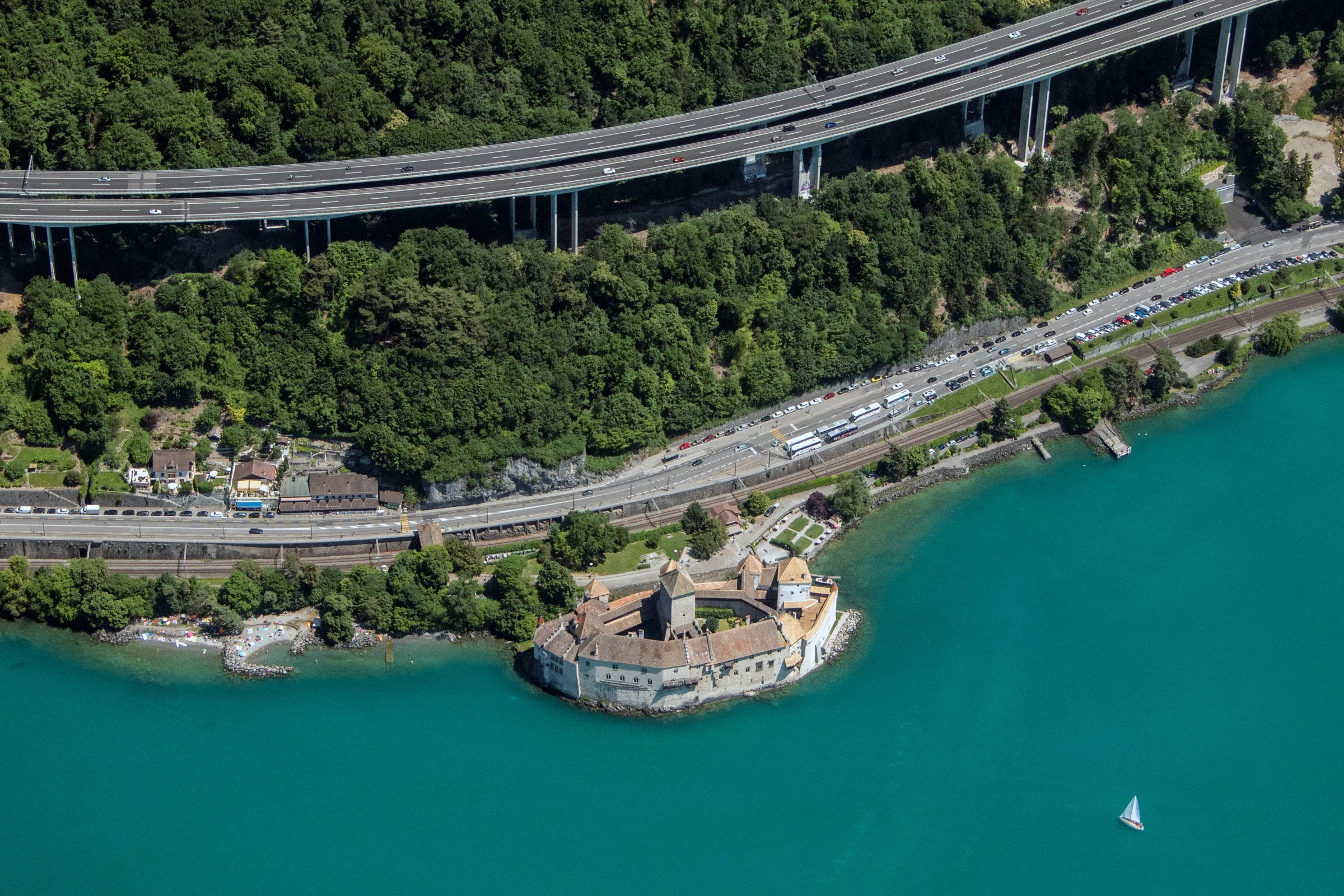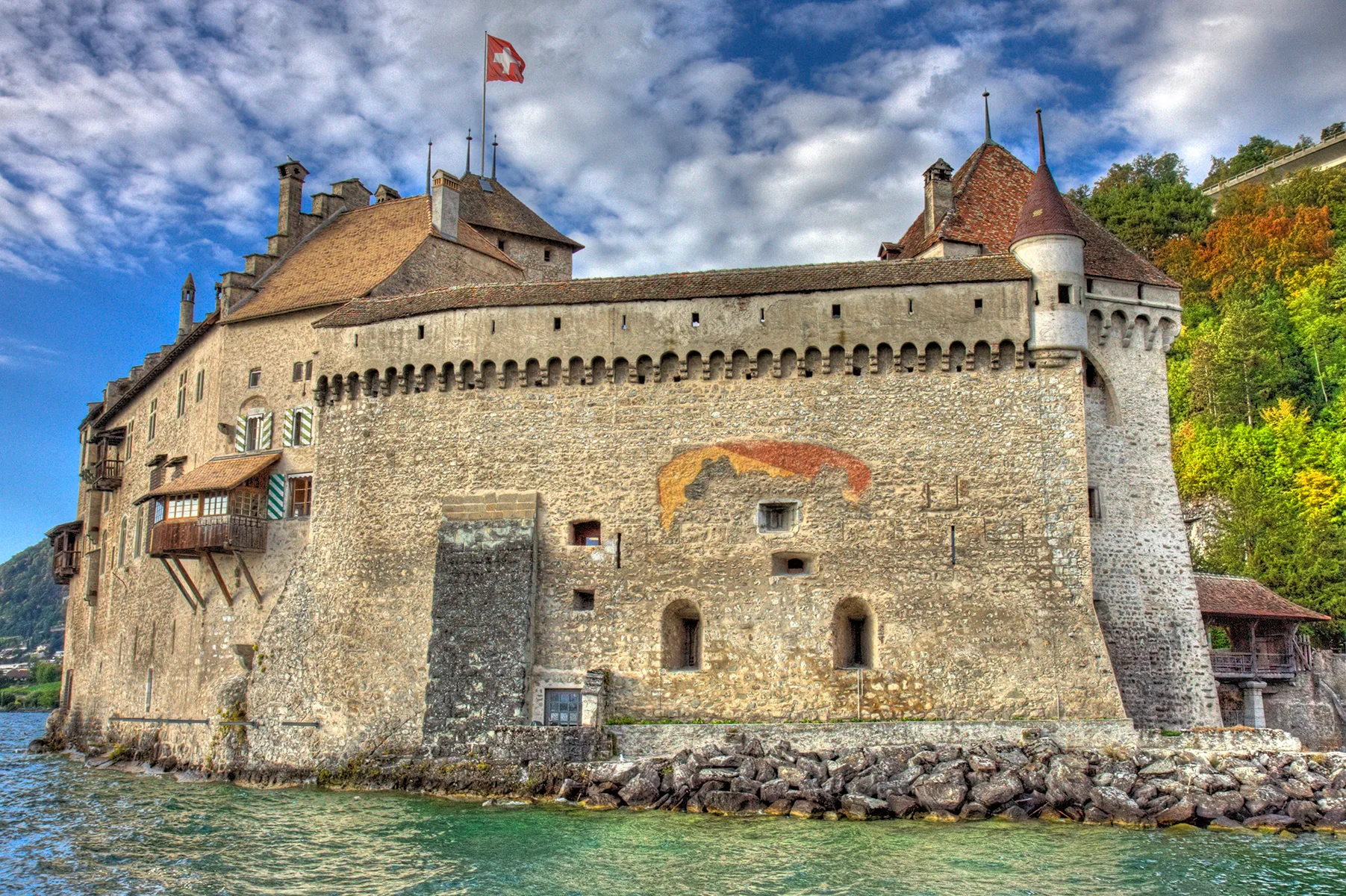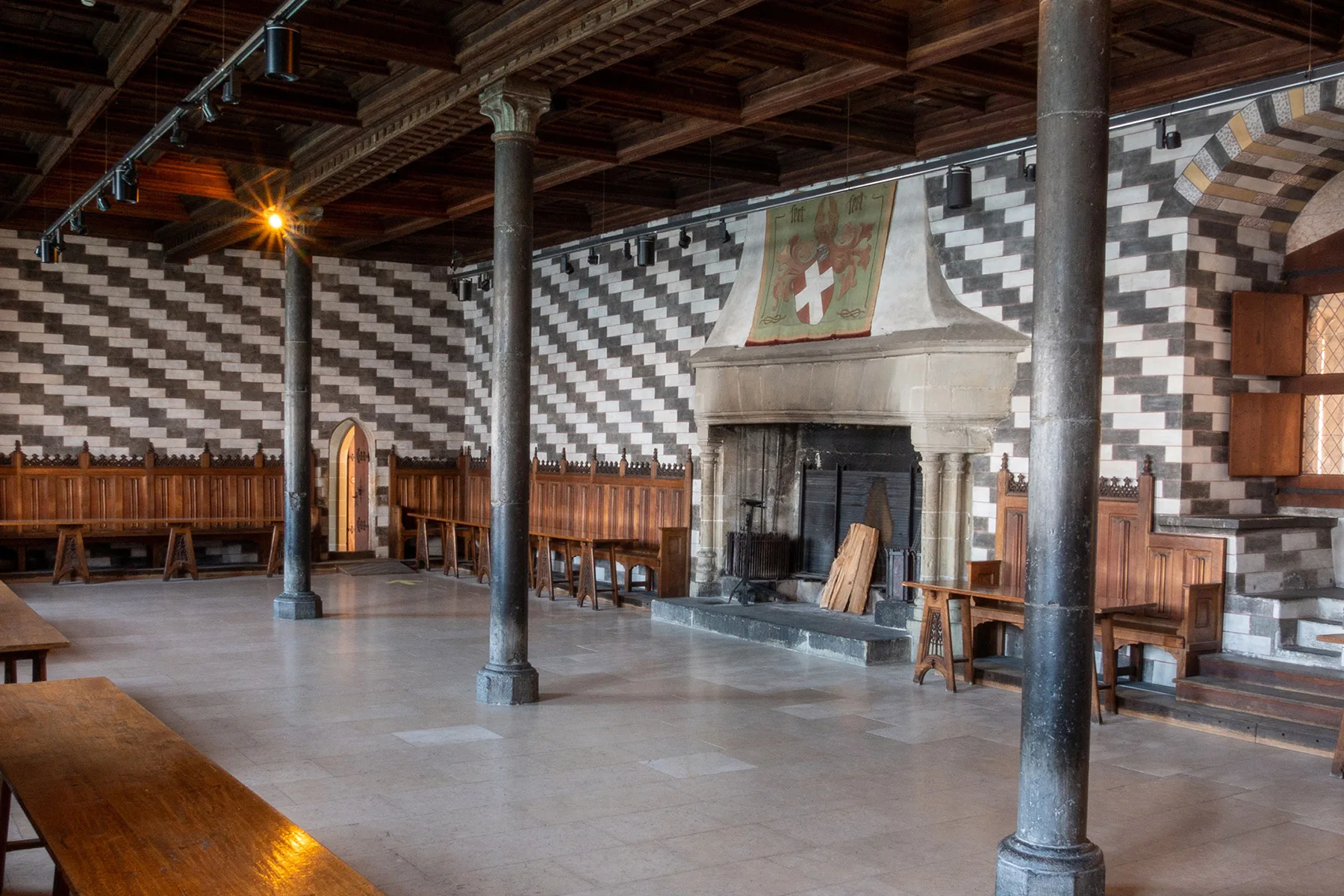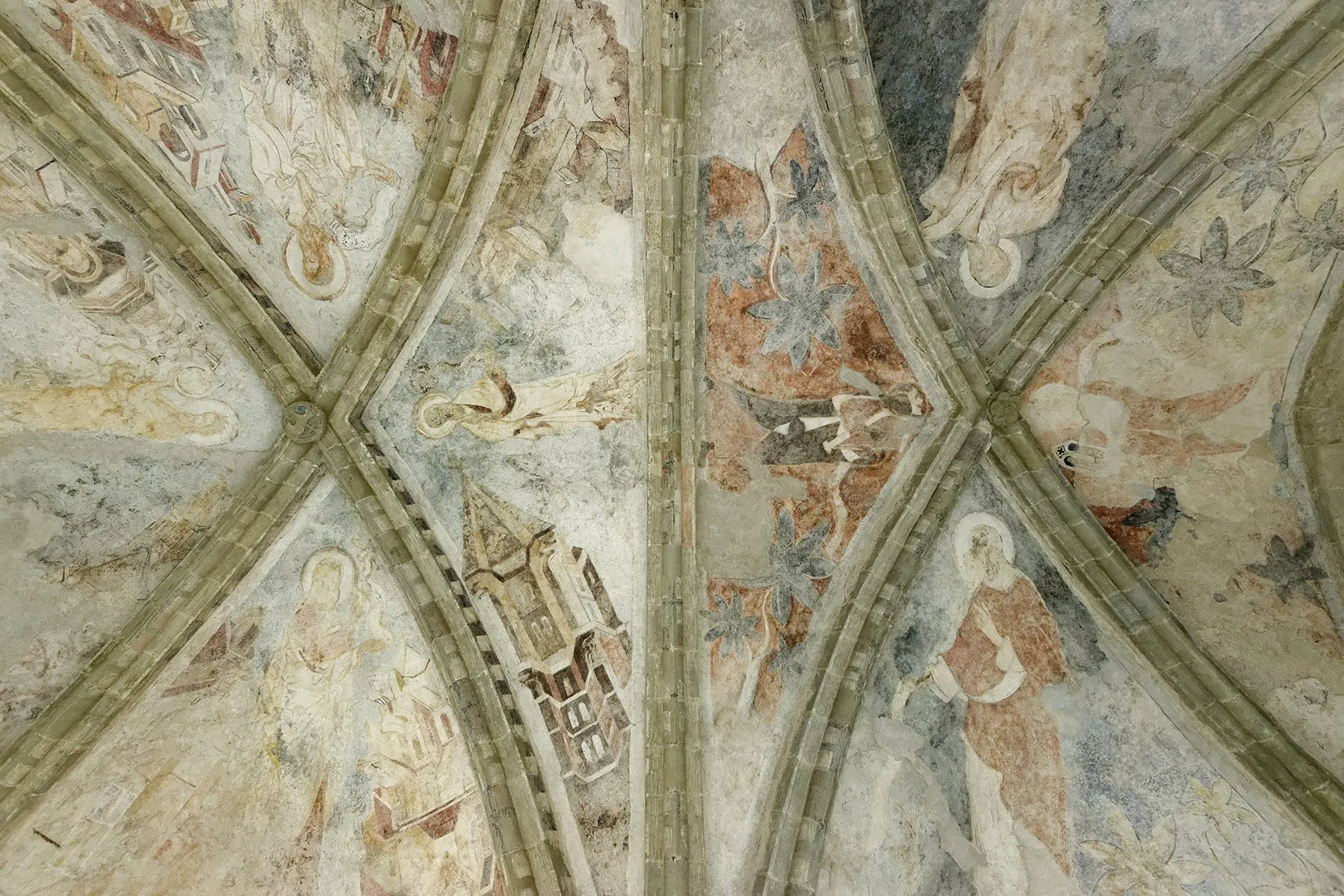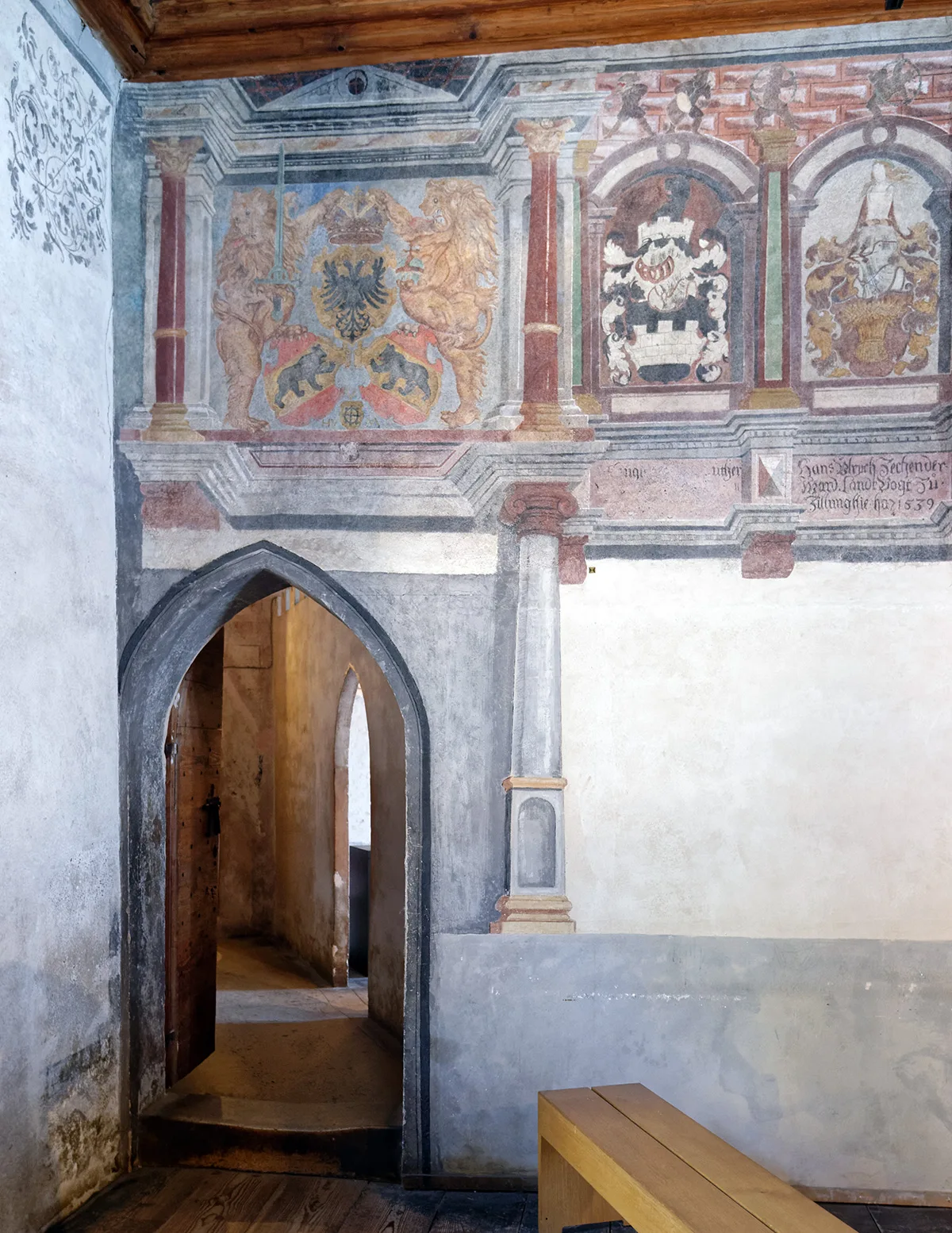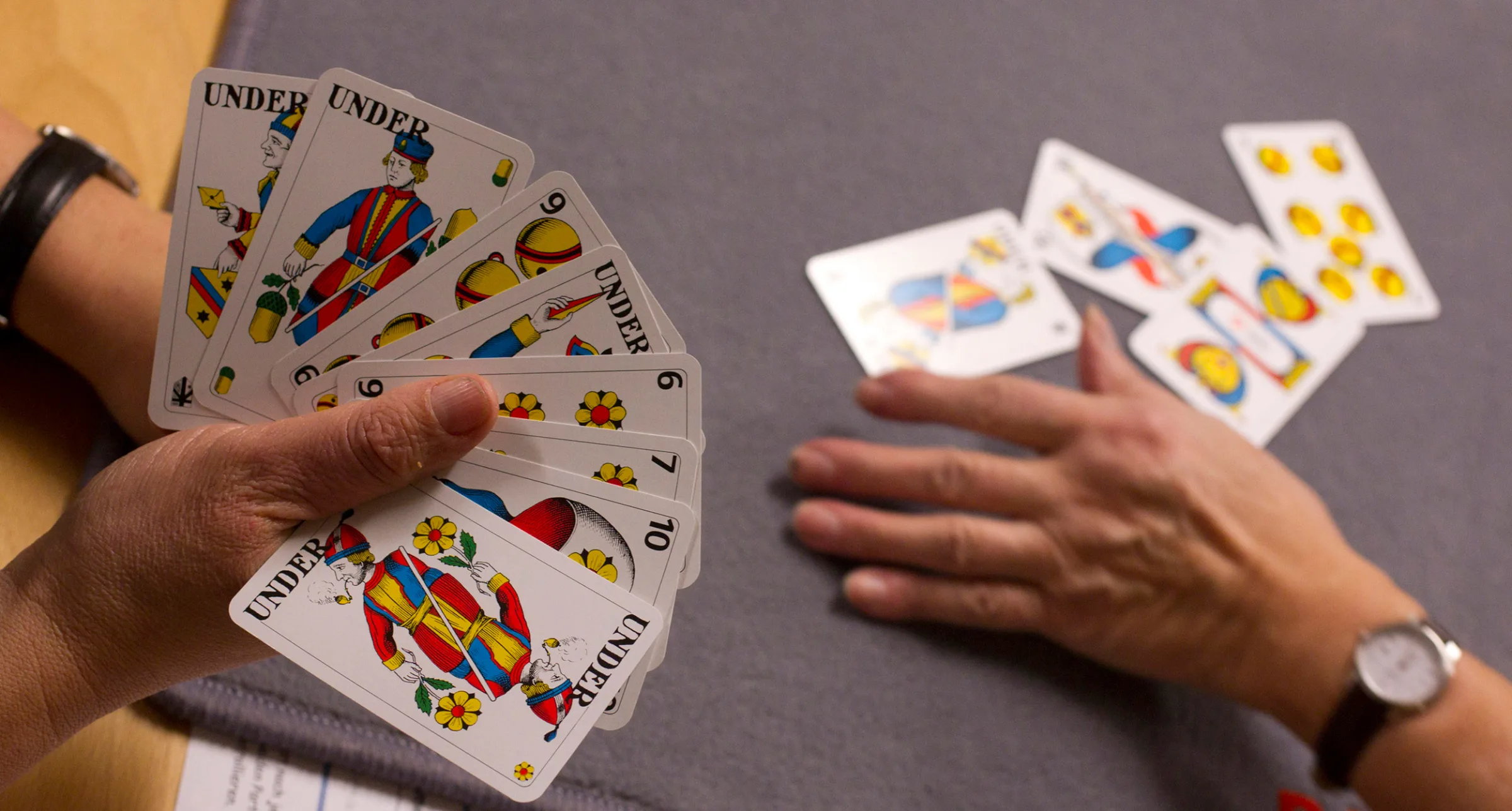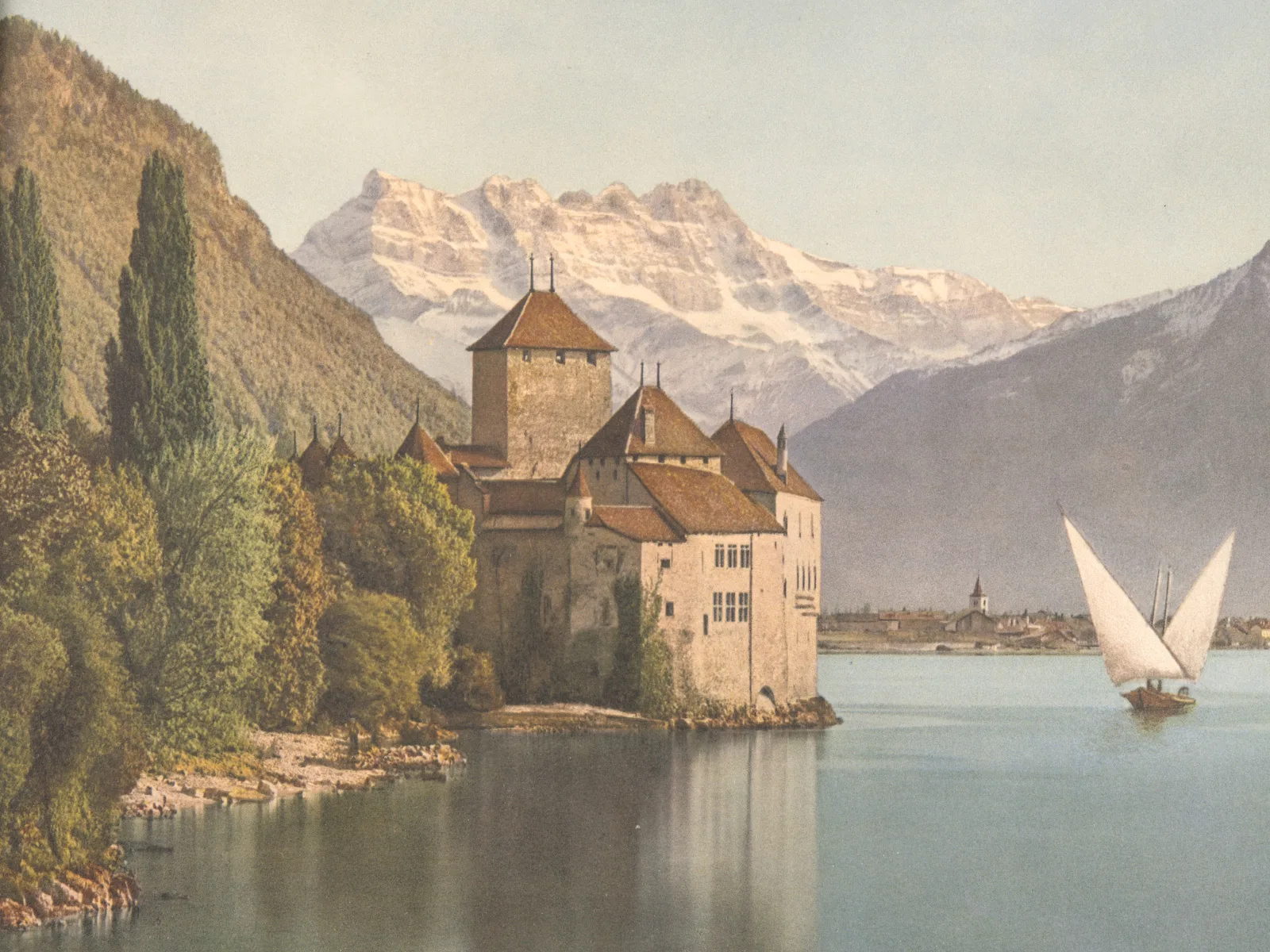
Chillon Castle
Renowned for its beauty and ranking among the best-preserved of medieval European castles, Chillon Castle is a medieval fortress situated on the banks of Lake Geneva close to Montreux in what is present-day Canton Vaud. Chillon Castle was formerly the domain of the powerful Counts of Savoy during the 12th-16th centuries. Swiss forces from Canton Bern seized Chillon Castle from the House of Savoy in 1536, and Chillon Castle later became a source of inspiration for writers and poets throughout the eighteenth and nineteenth centuries.
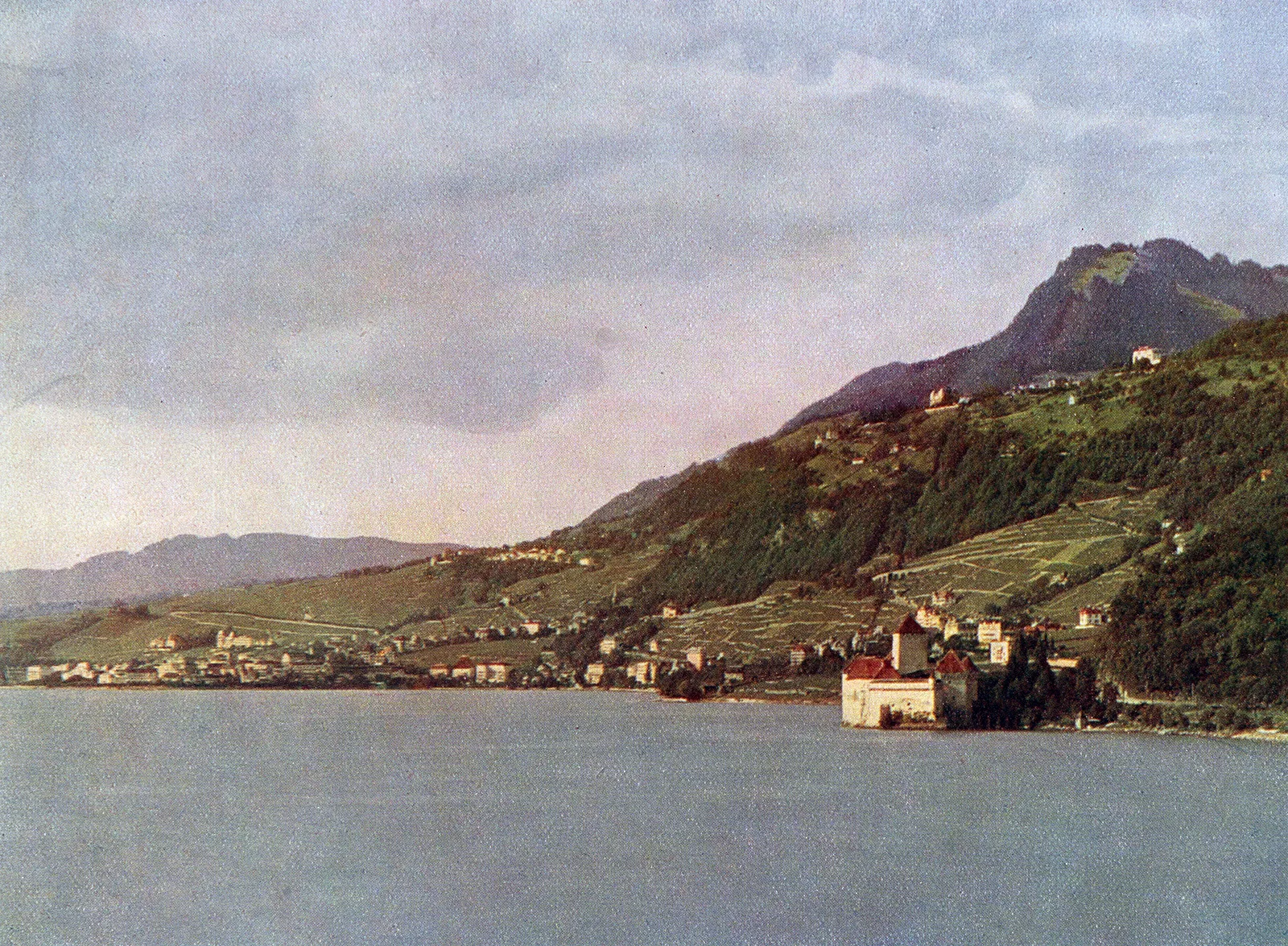
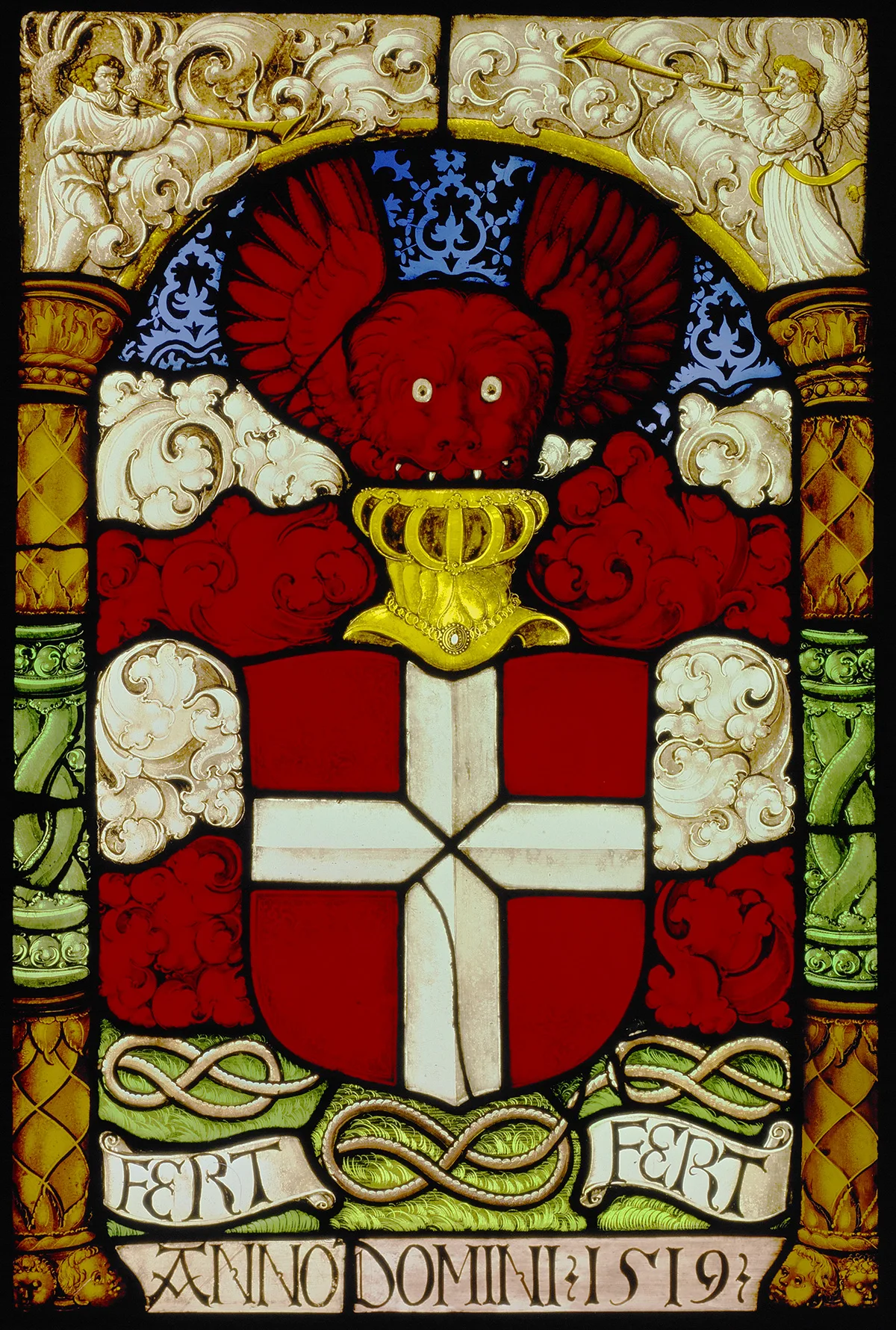
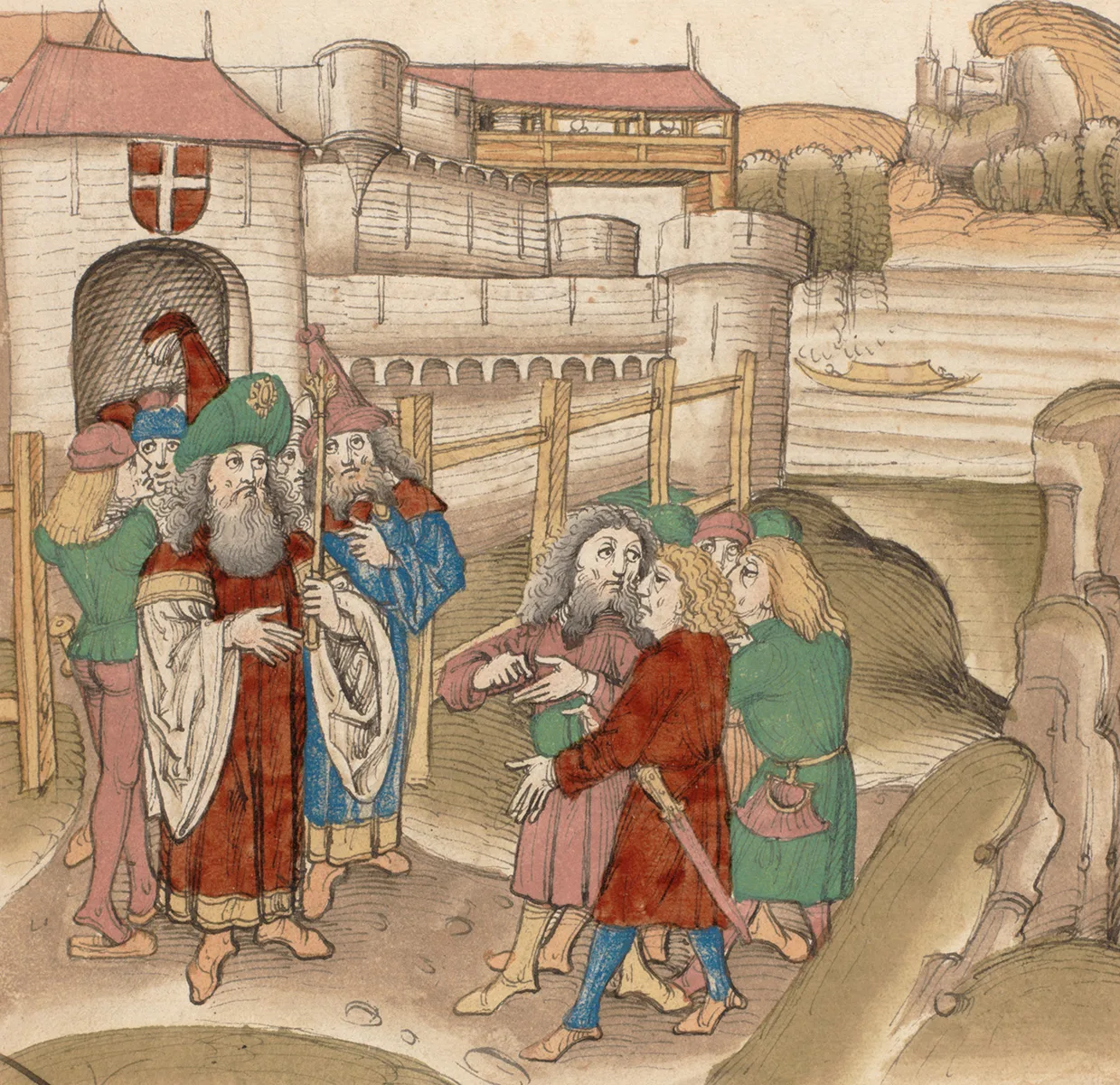
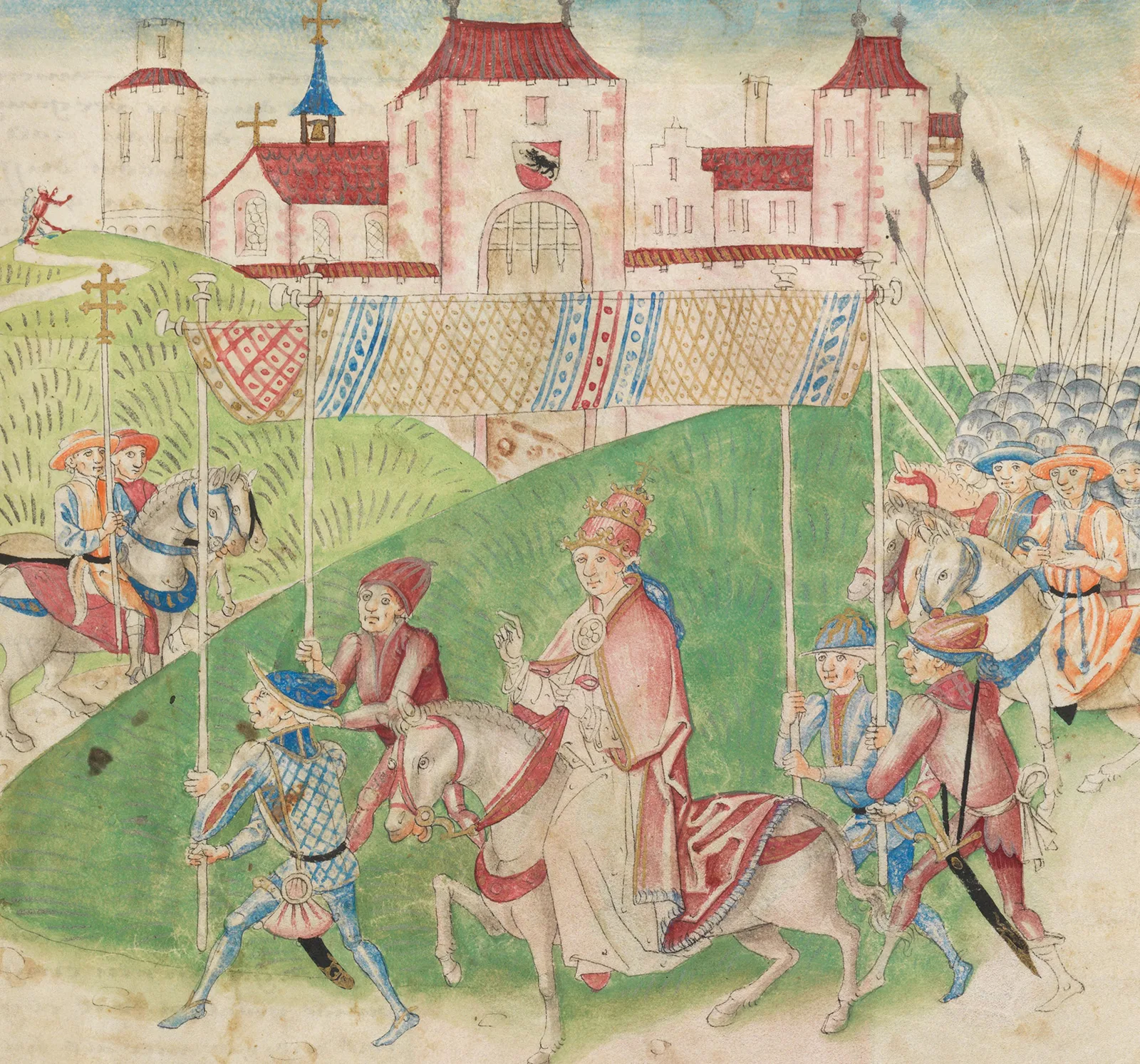
The Bernese occupy Chillon Castle
